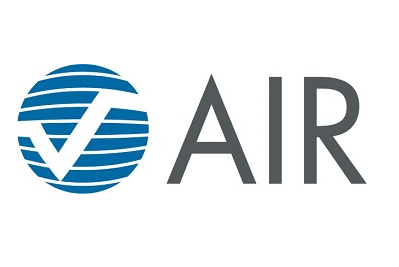Catastrophe risk modelling firm AIR Worldwide has updated its earthquake and typhoon models for Japan to help provide re/insurance companies with a more comprehensive view of risk in the region.
 AIR’s earthquake model captures the country’s seismicity by generating events along known crustal faults, along and within subduction zones, and within different regions and zones.
AIR’s earthquake model captures the country’s seismicity by generating events along known crustal faults, along and within subduction zones, and within different regions and zones.
The updated model, informed by the Headquarters for Earthquake Research Promotion’s (HERP) most recent seismicity model but with modifications to the time-dependent rupture possibilities (TDRP) estimates for earthquakes on the Nankai Trough and some crustal faults to better reflect uncertainties in the HERP 2019 TDRP model and parameters.
Dr Kazuya Fujimura, vice president and managing director, Verisk commented: “Ten years ago the M9.0 megathrust Tohoku earthquake became the most widely instrumented earthquake in history, generating copious ground motion data, damage observations, and detailed insurance claims data.
“The Tohoku earthquake not only informed the view of risk associated with megathrust earthquakes in Japan but also globally, e.g., the Hikurangi subduction zone in New Zealand and the Lesser Antilles subduction zone in the Caribbean, where, with limited historical data, the possibility of mega (M9.0 or larger) earthquakes cannot be ruled out.”
Dr. Bingming Shen-Tu, vice president of research, said: “While no model can predict when or if the next large tsunamigenic earthquake in Japan will occur, using the updated AIR Earthquake Model for Japan, can help prepare for tsunami losses by providing a detailed and accurate view of tsunami risk in Japan.”
Dr. Boyko Dodov, vice president of research, added: “In 2018 and 2019, four powerful typhoons struck Japan, incurring total insured losses of approximately USD 30 billion from wind and flood damage.
“As is the case after any major storm or severe storm season, we have been analysing and reanalysing a plethora of meteorological data, market exposure and company claims data sets from these and previous historical storms.”
The AIR Typhoon Model for Japan is a fully stochastic and event-based model that shares a catalog with other AIR-modeled countries in the region, including mainland China, Southeast Asia, and South Korea.
The Japan typhoon model captures the effects of tropical storm and typhoon winds, precipitation-induced flooding, and storm surge on insured properties in Japan.
Wind intensity computations are based on a storm’s intensity, size, location, forward speed, and direction, as well as the underlying terrain and land use in the region.


